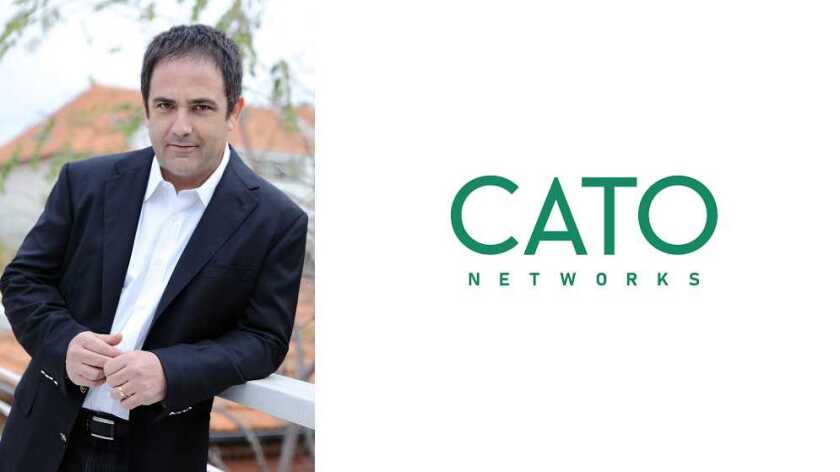Cato Cloud is a service that provides high-quality Zero-Trust, secure remote work environments. It combines network functionality and security functionality on the cloud, enabling unified global security policy operation.
The service is being simultaneously provided by KDDI and its overseas subsidiaries, allowing it to provide one-stop support from installation to operation and maintenance, all around the globe.
"Now that companies are using clouds and they have users working from any number of locations, the old approach of only connecting branch offices to a data centre is no longer effective," said Shlomo Kramer (pictured), CEO and founder of Cato Networks.
"Today’s enterprise networks require agility, safety and flexibility, and the connection of all edges (branch offices, data centers, cloud resources and remote users) to a single global network. By using Cato Cloud, KDDI’s customers will obtain such a solution and become able to safely access corporate resources from around the world, without sacrificing performance or management visibility. I look forward to working with KDDI to support the world’s IT leaders in using the power of Cato Cloud."
The news comes as the popularity of Work From Home continues to grow in Japan which sees more companies set up remote access environments, strengthened security, and begun using cloud services.
While their remote work environment in Japan is robust, Japanese corporations’ overseas subsidiaries are facing issues such as per-location management, a lack of engineers, and differences in security policy and usability.
In addition, companies with large numbers of offices and personnel located globally, require access to a variety of cloud-based SaaS applications from remote work environments around the world. As a result, network infrastructure and security measures are required that does not interfere with users’ ability to use such applications.
KDDI will support its global customers in its remote working through the one-stop provision of "Managed Zero-Trust" components such as device, network, ID and cloud services.






